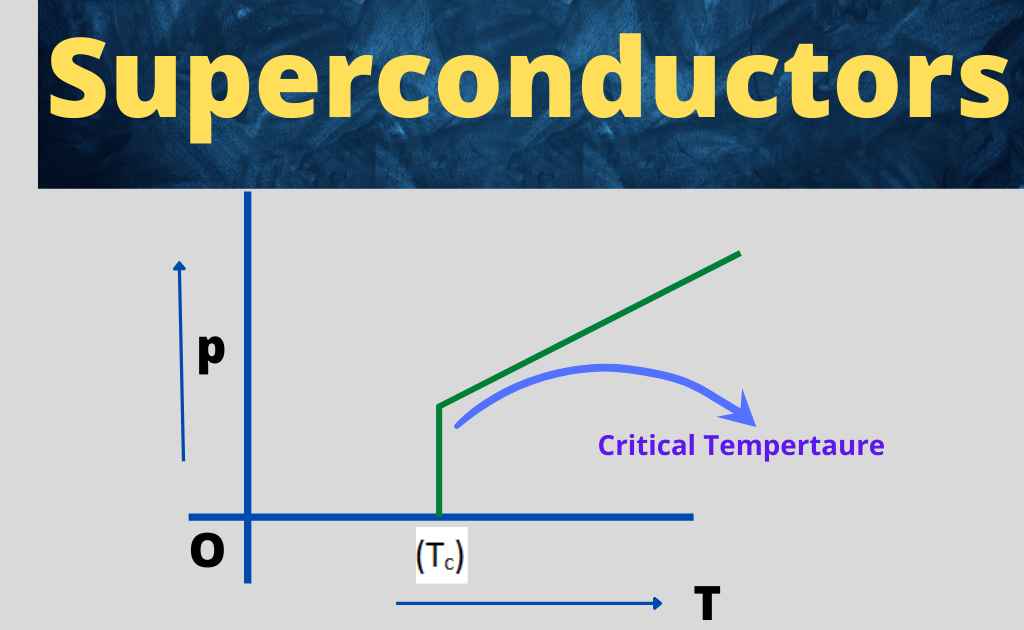Compression Force-Definition, Effect, Uses, And Examples
Compression Definition physics
Compression force is a force applied to a body that causes its volume to decrease. In physics, compression is defined as a change in the density of matter (i.e., a reduction in mass per unit volume). Compressing a gas increases its pressure. A solid object under compression becomes denser and harder
What is Compression Force?
Compression force is also known as compressive force. A decrease in the volume of an object or substance is a result of applied stress. In living systems, compression may be undergone by liquids and gases.
Compression engineering refers to the branch of engineering that deals with the study, analysis, and design of structures and materials under compressive loads.
In mechanics, compression is the application of balanced inward “pushing” forces to different points on a material or structure, that is, forces with no net sum or Torque directed so as to reduce its size in one or more directions. The strength of materials and structures is an engineering consideration.
Examples of Compressive Strength
Compressive strength is a measure of the maximum compressive load a material can withstand before it deforms or breaks. Here are some examples of materials and their compressive strengths:
- Concrete: Concrete is widely used in construction due to its high compressive strength. The compressive strength of concrete can range from 20 MPa (megapascals) for low-strength applications to over 100 MPa for high-strength concrete used in specialized structures.
- Brick: Bricks are commonly used in building construction. The compressive strength of bricks can vary depending on their composition and manufacturing process. Typically, bricks have compressive strengths ranging from 7 MPa to 50 MPa.
- Stone: Natural stones like granite, limestone, and marble have excellent compressive strength. Granite, for example, has a compressive strength ranging from 100 MPa to 300 MPa, making it suitable for various structural applications.
- Steel: Although steel is known for its tensile strength, it also exhibits significant compressive strength. The compressive strength of structural steel can range from 200 MPa to 400 MPa, depending on the grade and thickness.
- Wood: Different species of wood have varying compressive strengths. For instance, softwoods like pine typically have compressive strengths ranging from 5 MPa to 40 MPa, while hardwoods like oak can have compressive strengths up to 80 MPa.
- Aluminum: Aluminum alloys, commonly used in aerospace and automotive industries, have good compressive strength. The compressive strength of aluminum can range from 100 MPa to 300 MPa, depending on the alloy and temper.
- Plastics: Compressive strength in plastics varies greatly depending on the type of plastic and its formulation. For example, high-density polyethylene (HDPE) has a compressive strength of around 20 MPa, while reinforced thermosetting plastics can have compressive strengths over 100 MPa.
These are just a few examples of materials and their compressive strengths. It’s important to note that the compressive strength of a material can be influenced by factors such as temperature, moisture, and the presence of additives or reinforcements.
Compression Force Effect
The compressive force will affect every material, even if it is not noticeable, because it will cause the average relative positions of its atoms and molecules to change. When the compressive forces disappear, the deformation could be permanent or reversed.
Liquids and gases will not offer any permanent reaction force due to the fact that they cannot bear steady uniaxial or biaxial compression. They are able to bear isotropic compression and may be compressed in other ways.
Every ordinary material will contract in volume when put under isotropic compression, contract in cross-section area when put under uniform biaxial compression, and contract in length when put under uniaxial compression. The compression forces may cause the deformation to be different than it should be.
When there is no compression, most materials will expand in those directions, but some special materials will remain unchanged or even contract. When it comes to continuum mechanics, the relation between the stress applied to a material and the resulting deformation is a central topic.
According to research, the compression force applied to the tablets increased, and both their crushing strength and disintegration time also increased. However, at higher compression forces, the crushing strength reached a constant level.[1]
Examples of Compression Force
These are some examples of compression force.
Compressive Force Applied to an Object on a Solid Surface:
When a compression force is applied to an object resting on a solid surface, the force pushes down on the object, causing it to compress or become shorter in height.

For example, if you were to place a heavy weight on top of a cardboard box, the weight would compress the box, causing it to become shorter in height. The amount of compression that occurs will depend on the amount of force applied and the stiffness of the object.
Compression Force Applied to a Spring
When a compression force is applied to a spring, the force causes the coils of the spring to compress or become closer together.

The amount of compression that occurs will depend on the amount of force applied and the spring constant, which is a measure of the spring’s stiffness. When the force is removed, the spring will return to its original shape and size.
Compression Force on a Suspension Bridge
A suspension bridge is supported by cables that run from the towers to the roadway. When a vehicle or other load travels across the bridge, the weight of the load applies a downward force or compression force on the cables.

This compression force is then transferred to the towers, which are designed to withstand the force and keep the bridge stable. The amount of compression that occurs will depend on the weight of the load and the design of the bridge.
Compression Force Measurement
A force measurement system comprises a transducer and related instrumentation. A transducer is a device that converts a physical stimulus into another measurable physical quantity via a known relationship.
In the case of force measurement, a force transducer consists of a chain of multiple transducers that undergo a change in electrical resistance when subjected to an applied force.
Compression Foce Sensor
Force sensors or load cells work by using a strain gauge, which is a device that changes its electrical resistance in response to changes in strain or deformation. When a compression force is applied to the load cell, it causes the strain gauge to deform, which in turn causes a change in the electrical resistance of the gauge.
This change in resistance is then measured by a device called a Wheatstone bridge, which is a circuit that is designed to measure small changes in electrical resistance. The output of the Wheatstone bridge is then amplified and processed to provide a reading of the compression force being applied to the load cell.
Compression Force Unit
Compression force can be measured in a variety of units, including
- Pounds-force (lbf)
- Newtons (N)
- kilogram-force (kgf)
The accuracy and sensitivity of the measurement will depend on the design and calibration of the force sensor or load cell being used.
Uses of Compression Force
There are many implications in materials science, physics, and structural engineering for compression to yield noticeable amounts of stress and tension. Compression machines can be used to measure mechanical properties, such as modulus of elasticity and compressive strength.
In order to save space, gases are usually stored and shipped in highly compressed forms. It is possible to fill balloons, rubber boats, and other inflatable structures with slightly compressed air or other gases. The use of compressed liquids in the oil and gas industry is on the rise.
Compression Force Examples in Daily Life
These are some examples of compressional fore in daily life.
- Bridge
- Hydraulic Press
- Spring
- Shoe Sole
- Bicycle Pump
- Sponge
- Plush Toys
- Air Suspension System
Related FAQs
What are compressional forces?
Compressional forces also known as compressive forces are forces that act to compress or squeeze an object or material
What effect does the force of compression have on a structure?
The force of compression applied to a structure causes it to shorten or become more compact. This compression force tends to push the particles or components of the structure closer together, reducing the space between them.
What is a compressive force?
A compressive force is a force that compresses or squeezes an object or material, pushing its particles or components closer together and causing it to shorten or become more compact
Is compression a force?
No, Compression is not a force itself but rather a term used to describe the result of an external compressive force acting on an object or material.
What do forces of compression do to structures?
Forces of compression have several effects on structures. When compression forces act on a structure, they cause the object or material to shorten or become more compact.

 written by
written by 





Leave a Reply